23 November, 2003
Traveling to the Dry Valleys
Today we flew by helicopter to our field site in the dry valleys. Since
this was my first helicopter ride, I must admit I was a little nervous. So
many things to remember: stay away from the tail, make sure you know how
to buckle the seat belt (they even had us practice doing this in Happy
camper school), make sure you zip your helmet in a zipper bag and make
sure to secure it tightly with a seat belt before exiting the aircraft.
The valleys are one of the most interesting places on Earth. Looking much
like a Martian landscape, Antarctica’s dry valleys were formed when the
land uplifted at a faster rate than the glaciers could cut through them.
Eventually the high necks at the head of each valley stopped the glaciers.
The valley's huge, brown mountains, mammoth glaciers and frozen lakes are
truly amazing and the view from the helicopter was incredible. My team was
even nice enough to allow me to sit in one of the window seats that faced
forward, which allowed me to watch the transition as we left Ross Island
and headed towards the valleys.
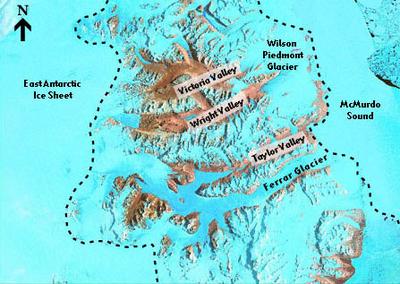
1. A map of the Dry Valleys. From north to south are the three main valleys: Victoria, Wright, & Taylor. They cover an area 3000 sq km. Little to no rainfall has fallen in these areas for at least two million years. Robert Falcon Scott discovered Taylor valley in 1903 and named it in honor of his geologist, Griffith Taylor. Our team will be camped out at Lake Fryxell in Taylor Valley.
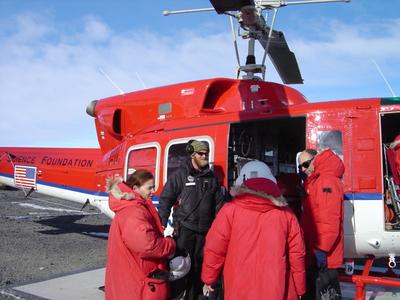
2. Our helo tech, Kevin, giving us instructions before boarding the helicopter
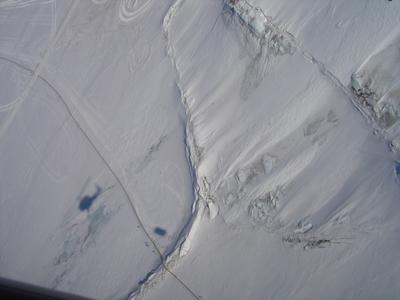
3. A shadow of our helicopter and the sling load carrying our gear.
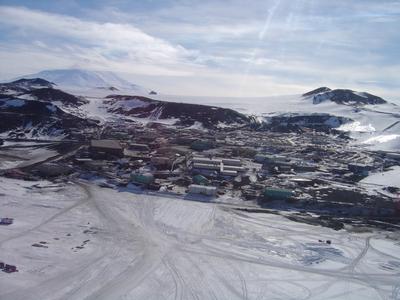
4. A view of McMurdo from the helicopter
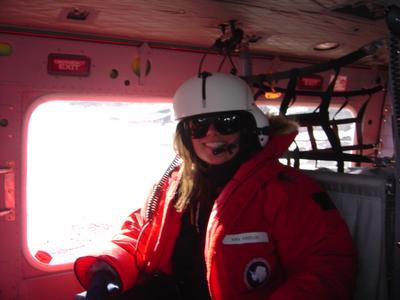
5. Here I am on my very first helicopter ride

6. A photo of the Dry Valleys from the air.
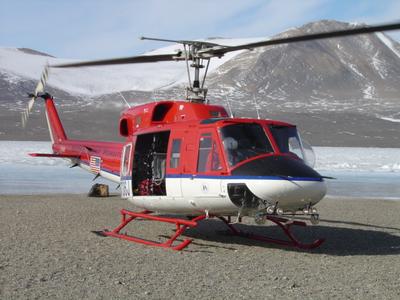
7. Our helicopter having just landed at Lake Fryxell.
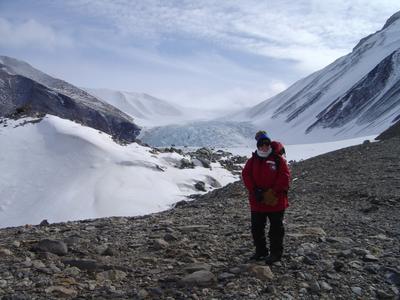
8. Me on our first hike through the valleys. We are on the north side of Lake Fryxell closer to the Canada Glacier. What appears to be a short jaunt is actually a several hour trip.
Contact the TEA in the field at
.
If you cannot connect through your browser, copy the
TEA's e-mail address in the "To:" line of
your favorite e-mail package.
|
